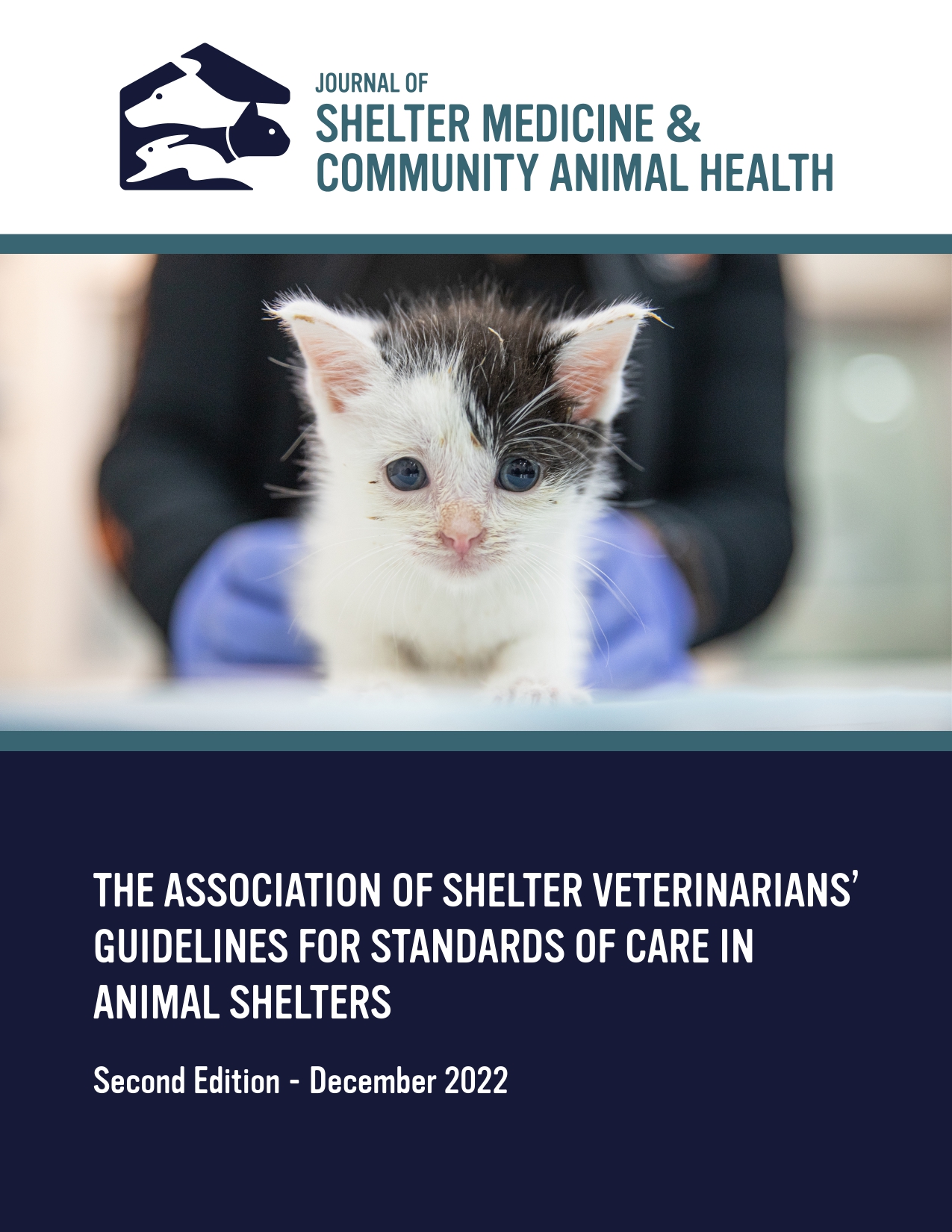In-vitro Replication Competence of Three Modified-live Canine Distemper Vaccines [Abstract]
DOI:
https://doi.org/10.56771/jsmcah.v2.52Abstract
Over the past several years, there have been a number of severe canine distemper virus (CDV) outbreaks in shelters involving adult dogs that were considered fully vaccinated with modified live vaccine prior to exposure. Shelters vaccinating large numbers of animals during admission or high-volume public vaccine clinics may reconstitute modified live vaccines (MLV) hours ahead of use and store them under non-ideal cold chain conditions. There is little guidance regarding the durability of MLV potency, and viral components may degrade under storage conditions (both pre- and post-reconstitution) employed by shelters in the name of efficiency. This study aimed to generate a model for examining the effect of vaccine husbandry on the in-vitro replication competence of MLV CDV.
Shelters were surveyed to determine the most common vaccine brands and the maximum duration between reconstitution and use of CDV MLV to guide the time/temperature conditions in our in vitro study. CDV-susceptible Madin-Darby canine kidney (MDCK) cells were grown in Dulbecco’s modified Eagle’s medium containing fetal bovine serum, penicillin/streptomycin, and l-glutamine, seeded into a 96-well plate, and inoculated with CDV MLV. There were 3 replicates per time/temperature condition. Viral replication was allowed to proceed for 72 hours. Fluorescently labeled anti-CDV antibodies were used to identify cells infected with vaccine-derived CDV via flow cytometry. A Kruskal-Wallis test was used to test differences in medians between the groups.
Three quadrivalent CDV vaccine brands were assessed in our model system to examine virus replication competency in vitro. Two commercial vaccines, including the most reported brand in our survey, did not produce infection beyond baseline uninoculated controls, while a third showed robust infect rates. This brand was used for subsequent trials of different storage conditions. Immediate reconstitution infected a median of 14% (IQR 10, 18) of cells. In comparison, 10 min at room temperature (RT) pre-reconstitution (PreR), 10 min at RT post-reconstitution (PostR), 10 min at 4 °C PostR, 60 min at RT PreR, 60 min at RT PostR, and 60 min at °4C PostR infected a median of 15% (IQR 10,20), 14% (IQR 8,23) 14% (11, 24), 11% (8, 21), 13% (9, 26), and 10% (7, 20), respectively. Similarly, 120 min at RT PreR, 120 min at RT PostR, 120 min at 4 °C PostR, 120 min RT PreR followed by 60 min 4 °C, and 1440 min at RT PreR followed by 1440 min at RT PostR infected a median of 9% (8, 17), 10% (8, 20), (9% (8, 22), 8% (9, 22), and 9% (10, 23) of cells, respectively. There was no difference between conditions.
Our in-vitro model demonstrated no significant difference in median cell infection rates between time/temperature conditions up to an extreme of 24 hours pre-reconstitution/24 hours post-reconstitution at room temperature.











